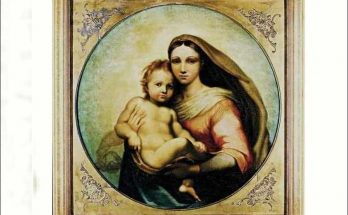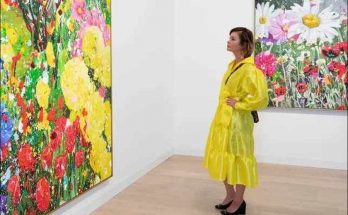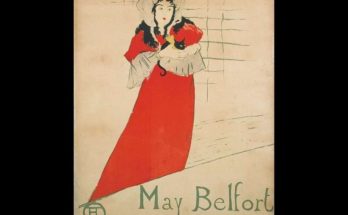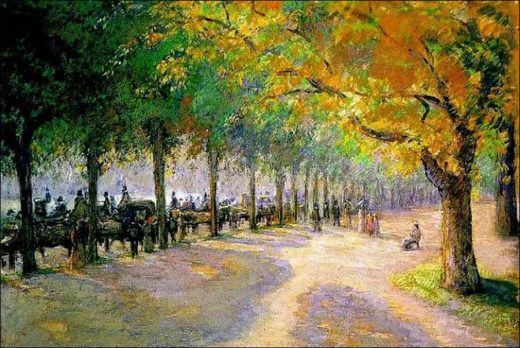
In this article, we take a closer look at his interesting life and art of Camille Pissarro. His work is colorful, adventurous, and played a pivotal role in the development and popularity of Impressionism. However, he is often overshadowed by fellow artist and friend, Claude Monet.
Key Facts and Ideas
Here are some of the key facts and ideas about the life and art of Pissarro:
His first teacher was artist Fritz Melbye, who mostly painted dramatic seascapes. It was Melbye who first encouraged Pissarro to pursue a career as a fine artist.
Pissarro later studied under Gustave Courbet and Jean-Baptiste-Camille Corot, who were both accomplished artists in their own rights. You can see the influence of these artists through Pissarro’s early work, which is much more restrained than the colorful depictions we know him for today. Pissarro also had ambitions to exhibit at the prestigious Salon exhibition in Paris, which notoriously favored academic painting styles.
1859 was an important year for Pissarro. It was the first time he exhibited in the Salon (unfortunately, I have been unable to locate information on what work he exhibited). It was also the year he met Claude Monet and Paul Cézanne whilst studying at Académie Suisse. The three artists shared a disdain for the Salon’s preference in academic art and would end up playing pivotal roles in the development of Impressionism.
Pissarro would later exhibit in the Salon des Refusés, which was established for the many artists who were rejected by the official Salon. The Salon des Refusés also paved the way for the first Impressionist exhibition.
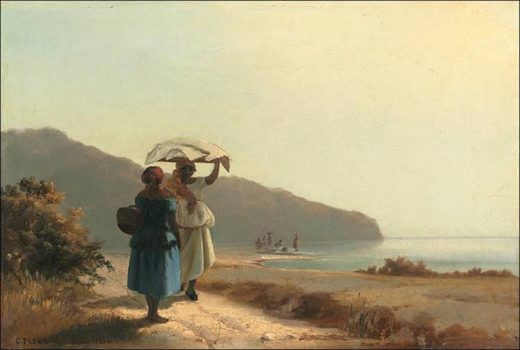
In the early 1870s, Pissarro and his family were forced to relocate to London due to the Franco-Prussian War. He would find most of his work destroyed when he returned to his home in France (some 1,500 works).
Despite the setback, he continued working and took part in every Impressionist exhibition from the first in 1874 to the last in 1886. Below is one of the five paintings he displayed at the first exhibition.
During the 1880s, Pissarro moved into Post-Impressionism, which he considered to be a “phase in the logical march of Impressionism”. During this time, he worked with artists Georges Seurat and Paul Signac who were exploring different approaches to painting, particularly to do with color. They started using a pointillism technique, which involves painting with small dabs of distinct color (rather than blended color), as shown in Brick Factory Deepali in Eragny.
Pissarro ended up leaving Post-Impressionism, explaining to a friend:
“Having tried this theory for four years and having then abandoned it… I can no longer consider myself one of the neo-impressionists… It was impossible to be true to my sensations and consequently to render life and movement, impossible to be faithful to the effects, so random and so admirable, of nature, impossible to give an individual character to my drawing, I had to give up.”
He suffered from an eye condition during his later years which partially restricted him from painting outdoors. (What a frustrating predicament—to be an artist with compromised sight).
He passed away in Paris on 13 November 1903 at the age of 73. His life had a profound influence on many other esteemed artists. Mary Cassatt said he was “such a teacher that he could have taught the stones to draw correctly.” Cézanne said “he was a father for me. A man to consult and a little like the good Lord.”
His family would go on to continue his legacy, with many of his children and grandchildren pursuing a life in the arts. His son Lucien, who adopted a similar Impressionist style from his father, described him as a “splendid teacher, never imposing his personality on his pupil.”
How Pissarro Worked
We are lucky in the sense that much of Pissarro’s life is documented through his many letters to friends, family, and artists.
What better way to learn about how Pissarro’s worked and his general philosophies as an artist than from his own words. Below are a handful of extracts from his many letters which I think are particularly interesting, along with some brief commentary. If you have time after reading this post, I suggest you take a look through the many other resources provided at the end, as this is just a snippet of the information available.
Pissarro on subject selection and the challenges of painting outdoors:
“I am hard at work, at least I work as much as the weather permits. – I began a work the motif of which is the river bank in the direction of St. Paul’s Church. Looking towards Rouen I have before me all the houses on the quays lighted by the morning sun, in the background the stone bridge, to the left the island with its houses, factories, boats, launches, to the right a mass of pinnaces of all colors.
Yesterday, not having the sun, I began another work on the same motif in grey weather, only I looked more to the right. I must leave you for my motif. I have a room on the street. I shall start on a view of the street in fog for it has been foggy every morning until eleven o’clock—noon. It should be interesting, the square in the fog, the tramways, the goings and comings. Letter from Pissarro to his son Lucien dated 11 October 1883.”
Painting outdoors comes with many challenges—the changing light, the subject moving, wind blowing, etc. As Pissarro explained above, a great solution to this is working on multiple paintings at the same time. When conditions change significantly, pick a different motif and start a new painting. You can always go back to an earlier painting when conditions are suitable again. For example, if you are painting a foggy landscape and the fog starts to fade, consider pausing and coming back when it is foggy again.
Visits: 90
